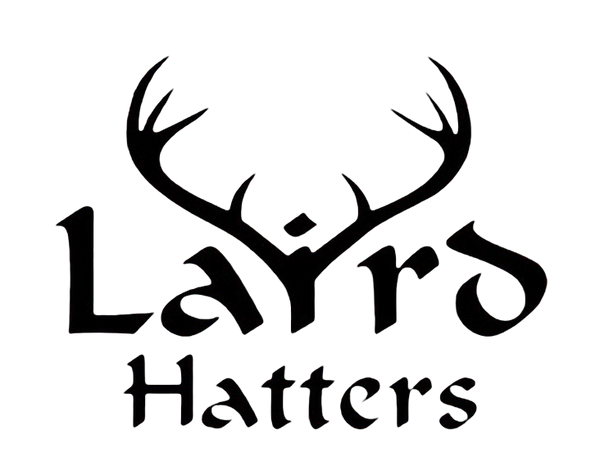The original name of tweed fabric was "tweel", the Scots word for twill, as the fabric was woven in a twill weave rather than a plain (or tabby) weave. It is unclear why and how "tweel" became corrupted into "tweed"; one story goes that a London merchant in the 1830s confused the spelling as a trading name for the River Tweed, which flows through the Scottish Borders. Subsequently, the goods were advertised as "tweed", the name used ever since.
Using local wool and natural dyes, islanders had been weaving the fabric for their own use for centuries, but it wasn’t until the mid-1800s that Harris Tweed became a sought-after textile elsewhere, thanks to the marketing efforts of Lady Dunmore, whose late husband had owned the Isle of Harris. Now Harris Tweed is the only cloth in the world with a protected provenance, governed by a British Act of Parliament that requires Harris Tweed be woven in the Outer Hebrides, finished there, and dyed and spun there.
Picture: The Outer Hebrides

All Harris Tweed is handwoven on a treadle loom at each weaver's home on a 'double-width' Bonas-Griffith rapier loom in the case of mill weavers, or normally an older 'single width' Hattersley loom in the case of independent weavers. In order to 'tie in' the warp, the weaver will thread the yarn through the heddle eyelets of their loom in a specific order, then begin weaving. Any mistakes or breaks during the weaving process will be repaired as they occur.
Picture: A treadle loom

Once ready the cloth is finished. Dirt, oil and other impurities are removed by washing and beating in soda and soapy water before it is dried, steamed, pressed and cropped.
The final process is the examination by the independent Harris Tweed Authority which visits the mills weekly, before application of their Orb Mark trademark which is ironed on to the fabric as a seal of authenticity
Picture: Harris Tweed Certification Label


